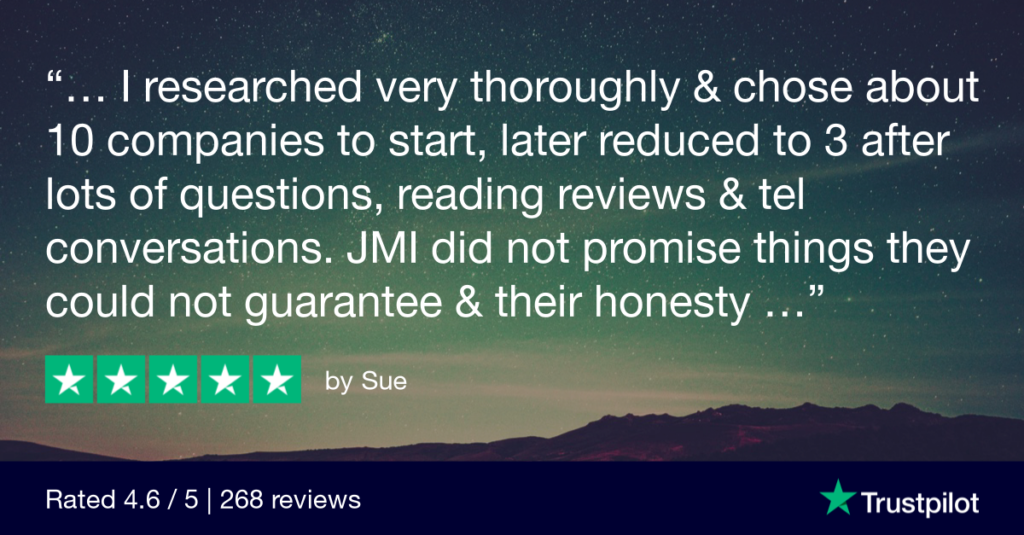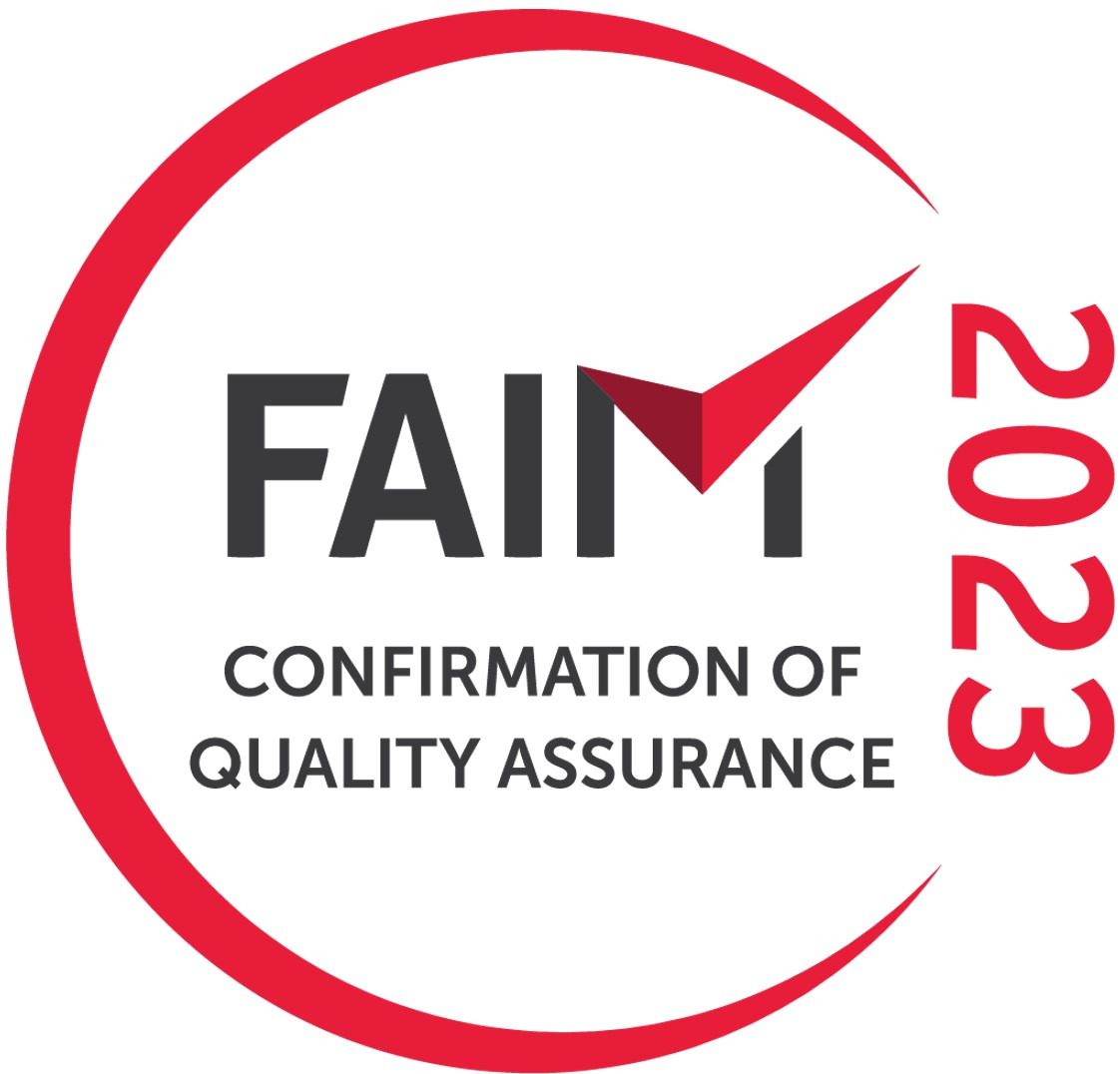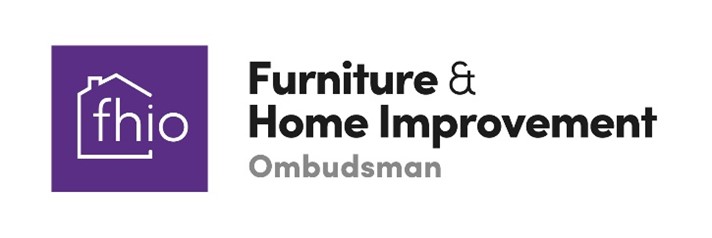Service reviews are crucial to helping you make a buying decision, but how much you can trust reviews often depends on the platform.
As commerce goes online, more and more of us are relying on reviews to make our buying decisions. However, in a world in which fake content is everywhere, how much can we trust them?
The answer, unfortunately, is not much. Although 90% of us trust reviews online as much as we would a recommendation from a friend, a growing number of them are not trustworthy. As many as half of online reviews are fake. This is a problem for consumers, brands and platforms alike, but getting on top of it can be easier said than done.
eCommerce has been surging in recent years but the pandemic put that trend into overdrive. The number of digital shoppers has risen to 2.14bn, or 27.6% of the world’s population. In developed countries such as the UK, online shopping has become the norm.
Buying online creates challenges. Without the ability to see or touch an item, customers rely on reviews. 91% of customers say a good review will encourage them to make a purchase according to data from Bright Local. Young people in particular, rely on reviews to help them decide. Eight out of ten millennials would never buy a product if it doesn’t have a review.
 Unsurprisingly, therefore, fake reviews are big business. Online sellers are investing huge amounts of resources into paid for reviews to boost their online reputation. At the same time, some unscrupulous operators are also spamming their competitors with fake reviews to sow distrust.
Unsurprisingly, therefore, fake reviews are big business. Online sellers are investing huge amounts of resources into paid for reviews to boost their online reputation. At the same time, some unscrupulous operators are also spamming their competitors with fake reviews to sow distrust.
The scourge of reviews is eroding belief in an industry in which trust is paramount. Research from Which shows that fake reviews make customers twice as likely to buy poor quality products. Once bitten they are twice shy. Customers are much less likely to buy a product from a firm or use a platform which they feel as duped them with fake reviews.
Understandably, then, reputable platforms have worked hard to boot fake reviewers off their sites. In 2020, TrustPilot removed 2.2 million fake reviews from its site. The majority, said the site, were identified by automated software without the need for human involvement.
The platform has been one of the most active in removing fake reviews. To demonstrate their success, they produce a transparency report. It shows that 1.5 million reviews were flagged up by its system and removed with the others being taken down manually. The company allows both customers and companies to report suspicious reviews. When a post is reported, the site flags it up and investigates.
Key to their efforts has been machine learning, which they say, has helped them identify techniques which might otherwise have been missed. Algorithms constantly learn from fake reviews detecting patterns such as repetition and the use of certain phrases which tend to be a giveaway.
It’s a constant game of cat and mouse. Scammers continually adjust their line of attack developing ways to get around measures. Meanwhile, platforms are forever learning from these attacks and developing their defences to fight back.
 When judging reviews, therefore, it pays to exercise caution. There are some pointers which might suggest a review is not on the level. A review which is overly complementary or involves vague and generalised descriptions should set of warning signs. Instead, look for reviews which go into specifics and detail on the product.
When judging reviews, therefore, it pays to exercise caution. There are some pointers which might suggest a review is not on the level. A review which is overly complementary or involves vague and generalised descriptions should set of warning signs. Instead, look for reviews which go into specifics and detail on the product.
Most people do not leave reviews. Those who do usually have put a considerable amount of thought into it. They have used the product extensively and have felt sufficiently moved to leave a comment. That should shine through in the nature of the text.
At the same time, you should also think about the platform you’re on. A review on Trustpilot or another platform which has invested a huge amount of resources into fighting fake reviewers is much more likely to be genuine than others.















